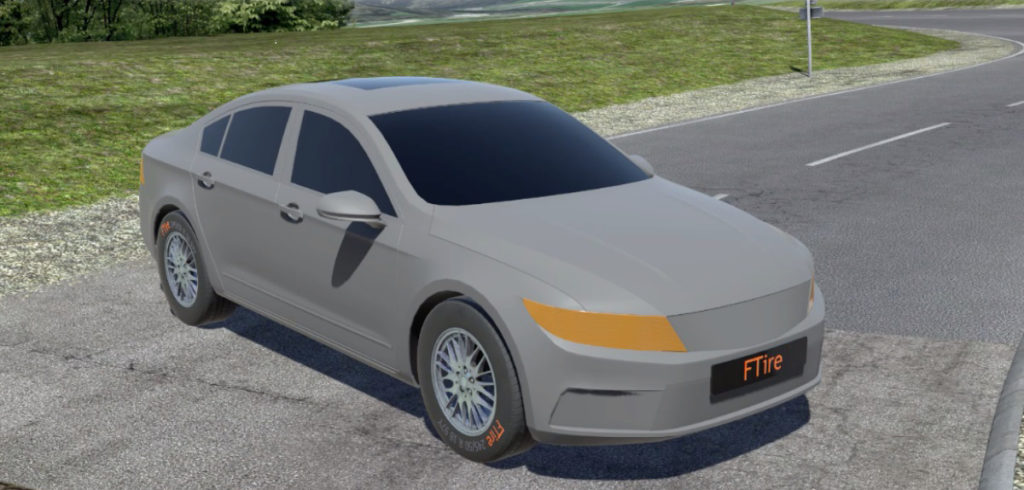Cosin Scientific Software can now run its physical tire model, FTire, within the rFpro simulation suite.
Using an ultra-high resolution road model with a physically accurate tire model in real time significantly improves the accuracy of data and therefore correlation with real-world results. The physics-based tire model spans primary and secondary ride allowing it to be used in a variety of circumstances, including extended handling maneuver and active safety application scenarios.
Traditionally, developers have used lightweight Pacejka or extended Magic Formula style tire models, which are not able to cover the short wavelengths effects coming from road surface irregularities.
Professor Dr Michael Gipser, co-founder of Cosin Scientific Software, explained, “Coupling FTire simulation with the state-of-the-art virtual worlds that rFpro produces, means that customers can in greater detail replicate real-world driving conditions with complete confidence. Previously, the tire simulations capable of running sufficiently fast to work in an rFpro environment have been less accurate models. FTire is incredibly efficient in its ability to deliver physics-based simulation, even while running fast enough for real-time applications within rFpro’s digital twins.”
Enabling FTire to be used with the rFpro suite enables the same model to be used throughout the entire tool chain and the whole development process across all departments, from the office, hardware-in-the-loop testing, through to driving simulator systems.
With FTire, rFpro experiments running on HPC data centers, HiL test rigs and driving simulators can benefit from tire contact patches that react realistically to the detailed road surface in rFpro’s environments. Crucially this means that experiments will correlate more closely with real-world tests conducted at proving grounds, particularly in the way the car’s motion affects the orientation of ADAS sensors mounted around the vehicle.
Matt Daley, managing director, rFpro, added, “We also have customers generating terabytes of simulated training data. There are many use cases where it is important to simulate the vibrations of the sensor platform mounted on a vehicle that is driving on rough road surfaces. This new capability will extend the validity of simulated training data, saving even more time and money for our customers, compared to traditional video and photography datasets.”


